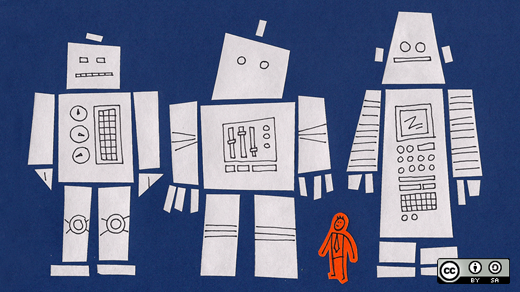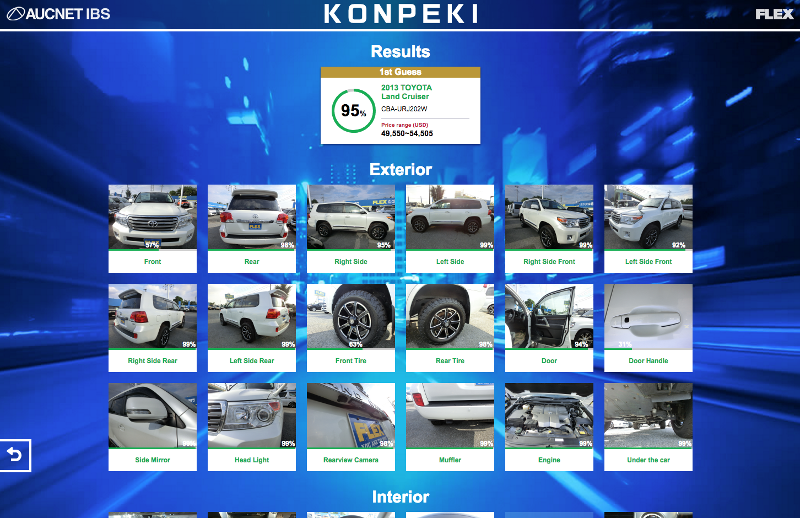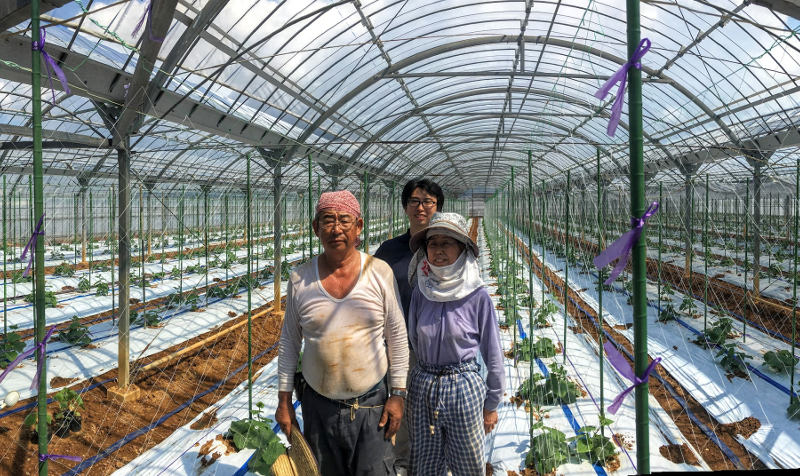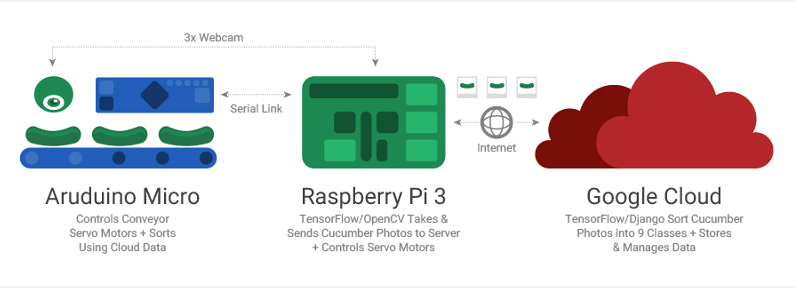https://opensource.com/article/17/9/tensorflow

Google's open source machine learning library makes deep learning available to everyone.

Image by :
opensource.com
You
might think that adopting deep learning or machine learning (ML)
techniques means hiring a fleet of cutting edge data scientists with
PhDs, but this simply is not true. Creating new deep learning models and
theories is hard, but using the existing, popular deep learning models
is not rocket science. In fact, a typical IT engineer can learn the
basics of ML, including how to integrate and use the well-known ML and
deep learning algorithms and techniques, to build an ML solution. In
short, a company’s IT engineers can be trained to become ML engineers.
One company that did exactly that is Japanese car auction service Aucnet. Aucnet is one of the largest real-time auction service providers in the world, handling 4-million auctions every year. One of its pain points was image classification. Entering a single car to auction required uploading 20 photos from various angles with labels like front view, side view, tire, handle, seat, and so on. This time-consuming task could take up to 20 minutes per car.

By training its IT engineers in the basics of ML, Aucnet was able to build Konpeki
(click the link to try the demo), a real-time car image recognition
system powered by Google's open source machine learning library, TensorFlow.
Through the TensorFlow community, Aucnet was able to link up with ML experts to help pursue its ML solution. This collaboration allowed Aucnet to convert its existing IT engineering workforce into ML engineers and create a valuable asset for the company, one that decreased the time it took to prepare a car auction listing to just three minutes, down from 20. Also, by integrating the Konpeki technology with Google's ML APIs and Google Cloud services, Aucnet could apply the Cloud Machine Learning Engine to increase ML training speed by 86 times.

Makoto's idea to explore machine learning for sorting cucumbers came
from watching Google's AlphaGo compete with the world's top professional
Go player. "When I saw Google's AlphaGo, I realized something really
serious is happening here,” said Makoto. “That was the trigger for me to
start developing the cucumber sorter with deep learning technology."
Can computers really learn the art of cucumber sorting? Makoto set out to see whether he could use deep learning technology for sorting using TensorFlow. "Google had just open-sourced TensorFlow, so I started trying it out with images of my cucumbers,” Makoto said. “This was the first time I tried out machine learning or deep learning technology, and right away I got much higher accuracy than I expected. That gave me the confidence that it could solve my problem."

Makoto used the sample TensorFlow code Deep MNIST for Experts,
with minor modifications to the convolution, pooling, and last layers,
changing the network design to adapt to the pixel format of cucumber
images and the number of cucumber classes.
Interested in those stories? On September 12 at Open Source Summit North America, I will be sharing more about business use cases of TensorFlow and AI during the session "TensorFlow in the Wild: From Cucumber Farmer to Global Insurance Firm." Please join us to learn more about how enterprises can adopt Google's AI technology to accelerate business.
One company that did exactly that is Japanese car auction service Aucnet. Aucnet is one of the largest real-time auction service providers in the world, handling 4-million auctions every year. One of its pain points was image classification. Entering a single car to auction required uploading 20 photos from various angles with labels like front view, side view, tire, handle, seat, and so on. This time-consuming task could take up to 20 minutes per car.
1konpeki.png

Konpeki, a car image recognition system for used car auctions (Image by Aucnet; used with permission.)
Through the TensorFlow community, Aucnet was able to link up with ML experts to help pursue its ML solution. This collaboration allowed Aucnet to convert its existing IT engineering workforce into ML engineers and create a valuable asset for the company, one that decreased the time it took to prepare a car auction listing to just three minutes, down from 20. Also, by integrating the Konpeki technology with Google's ML APIs and Google Cloud services, Aucnet could apply the Cloud Machine Learning Engine to increase ML training speed by 86 times.
Machine learning for sorting cucumbers
Another example of the "democratization of ML" comes from Makoto Koike, a former embedded systems designer from the Japanese automobile industry. About a year ago, he started helping at his parents’ cucumber farm. He was stunned by the amount of work it takes to sort cucumbers by size, shape, color, and other attributes. Makoto learned very quickly that sorting cucumbers is as hard and tricky as actually growing them. "Each cucumber has different a color, shape, quality, and freshness," Makoto says.2koikecrop.png

Makoto Koike, center, with his parents at the family cucumber farm (Image by Google; used with permission)
Can computers really learn the art of cucumber sorting? Makoto set out to see whether he could use deep learning technology for sorting using TensorFlow. "Google had just open-sourced TensorFlow, so I started trying it out with images of my cucumbers,” Makoto said. “This was the first time I tried out machine learning or deep learning technology, and right away I got much higher accuracy than I expected. That gave me the confidence that it could solve my problem."
3cucumbersortercrop.png

Systems diagram of the cucumber sorter (Image by Google; used with permission)
Interested in those stories? On September 12 at Open Source Summit North America, I will be sharing more about business use cases of TensorFlow and AI during the session "TensorFlow in the Wild: From Cucumber Farmer to Global Insurance Firm." Please join us to learn more about how enterprises can adopt Google's AI technology to accelerate business.


No comments:
Post a Comment